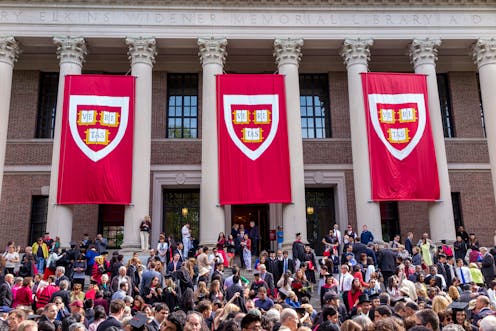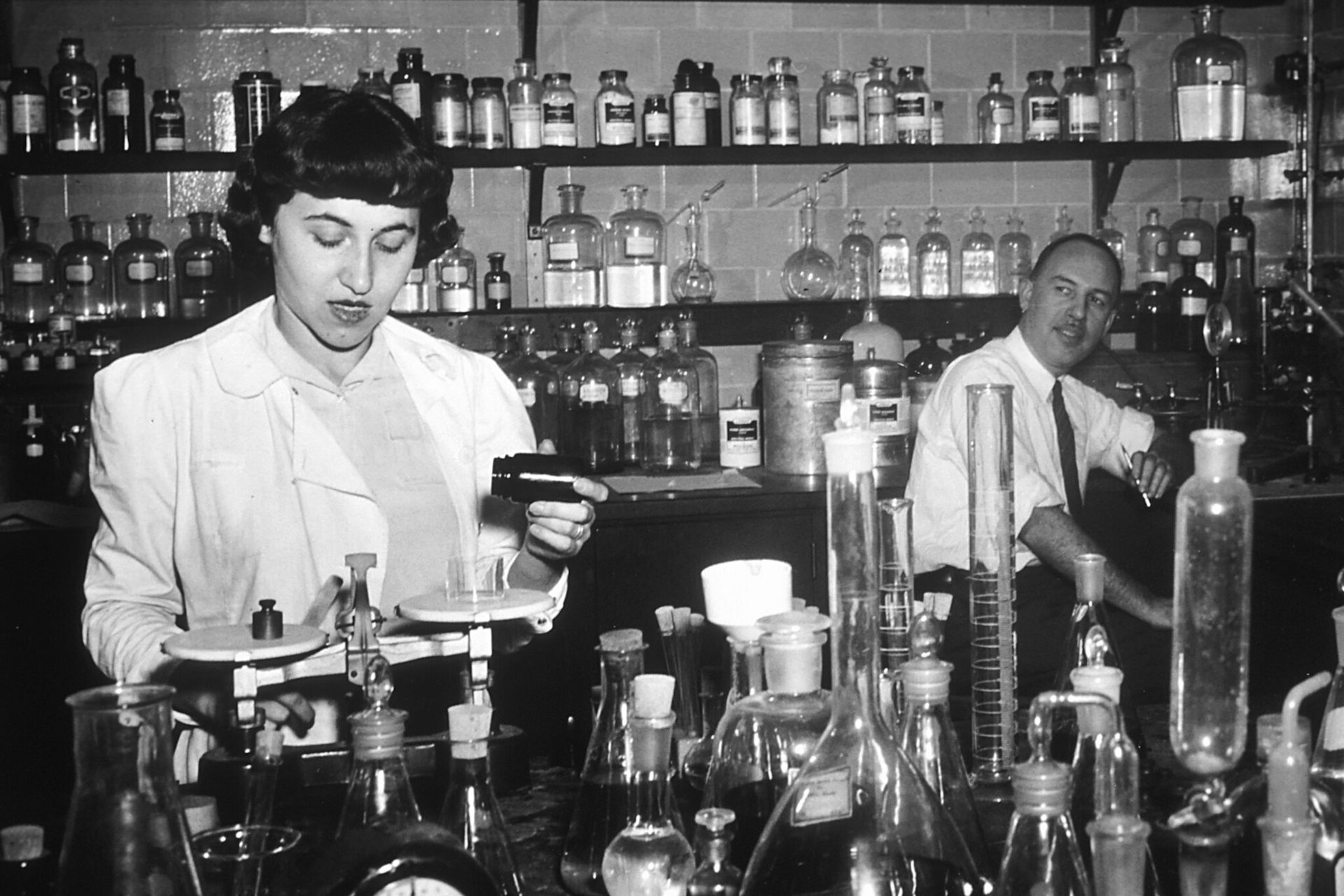Harvard can use race as an admissions factor, at least for now
Tuesday's ruling in the Harvard affirmative action case allows colleges to use race in their admission decisions. A legal scholar offers insights into how long before race won't be needed.

Editor’s note: A federal judge has upheld Harvard University’s use of race in college admissions, rejecting claims that the school discriminated against Asian Americans to admit more black and Hispanic students. Vinay Harpalani, an expert on affirmative action in university admissions, discusses what the ruling means for colleges and universities that consider race as one of many factors in their admission decisions.
What is your reaction to the Harvard ruling?
I’m not surprised by the ruling at all. You can use race as one factor in a flexible manner. You can’t use quotas. You can’t use a point system. You cannot say every black or Latino applicant will get a certain fixed number of points. The 2003 Supreme Court case, Grutter v. Bollinger, made that clear. But Harvard doesn’t do that. Harvard uses race in a flexible manner. For some applicants it will matter a lot. For others, race won’t matter at all.
The plaintiff in the case decided Tuesday, Students for Fair Admissions, claimed that Harvard was intentionally discriminating against Asian Americans. The court says they did not prove that. The court said Harvard used race in a legal way to have enough black and Latino students to gain the benefits of enrolling a diverse group of students. That’s really the justification for affirmative action.
In Grutter, the court said that diversity is a valid reason to use race. But Harvard also had to show it cannot get to those educational benefits of diversity unless it uses race. And the judge ruled Harvard has shown that.
Will this case be appealed?
You can almost be certain it will be appealed. The first step would be for Students for Fair Admissions to appeal to the First Circuit Court of Appeals.
If they lose there, they can try to take the case to the Supreme Court. Students for Fair Admissions want to change the law. The courts have gotten more conservative. If this case goes to the Supreme Court, we could have a change in the law. The Supreme Court could say diversity is not a compelling interest.
Whether the Supreme Court would take the case is another question.
Justice Sandra Day O'Connor stated in Grutter vs. Bollinger that perhaps in 25 years, colleges and universities would no longer need to use race in college admissions. How close do you think we are to that point?
The case was decided in 2003 so 25 years would be 2028. We’re not at the year 2028. There’s a question about whether that statement was legally binding or not. Justice O'Connor later said that her statement wasn’t meant to be legally binding. It was an aspiration.
Conservative justices and people who don’t want affirmative action or the use of race may argue that what O'Connor said was binding as 2028 approaches.
There’s a lot of racial inequity in our society in terms of predominately black schools and white schools and how many resources they have. There’s other psychological barriers, such as stereotype threat. There’s research that shows the very thought of being stereotyped may depress African American performance.
We’re making slow progress. But overall, eliminating racial inequities in education is not going to happen in 10 years.
[ You’re smart and curious about the world. So are The Conversation’s authors and editors. You can read us daily by subscribing to our newsletter. ]
Vinay Harpalani does not work for, consult, own shares in or receive funding from any company or organisation that would benefit from this article, and has disclosed no relevant affiliations beyond their academic appointment.
Read These Next
The ‘one chatbot per child’ model for AI in classrooms conflicts with what research shows: Learning
AI tutors are often held up as an ideal, but prioritizing individualized teaching can detract from the…
How the NIH became the backbone of American medical research and a major driver of innovation and ec
The agency’s budget has grown steadily since the 1960s, fueling an industry that creates lifesaving…
Best way for employers to support employees with chronic mental illness is by offering flexibility
Employers that don’t support employees with mental illness risk missing out on the talents and skills…





